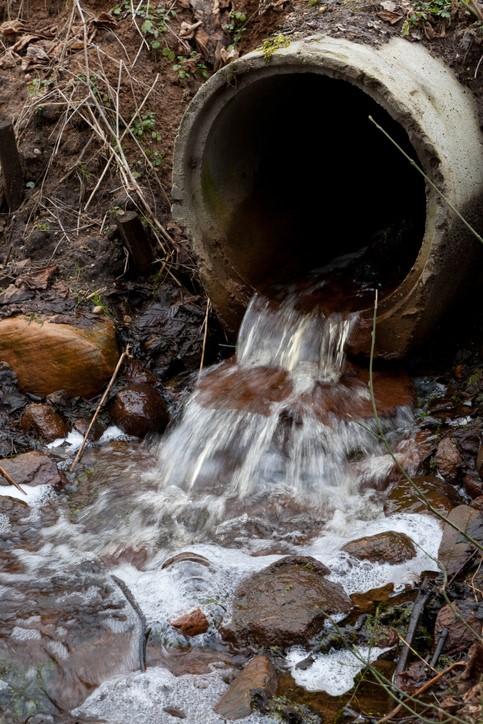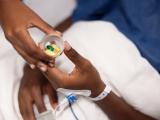An international collection of technical experts, government officials, and other key stakeholders has issued a report that identifies knowledge gaps in efforts to address antimicrobial resistance (AMR) in the environment.
The report, which highlights key themes from an April 2018 meeting hosted by the US Centers for Disease Control and Prevention, the UK Science and Innovation Network, and the Wellcome Trust, begins with the premise that scientific evidence shows that antimicrobials and antimicrobial-resistant microbes are present in the environment and can travel through waterways and soil.
The main sources of this environmental contamination are human waste from homes and hospitals, animal waste from farms, pharmaceutical manufacturing waste, and antimicrobial pesticides used in agriculture
But while several studies in recent years have identified antibiotics, drug-resistant organisms, and resistance genes in agricultural soil, river and lake sediment, tidal estuaries, and wastewater facilities, the authors of the report note that the scale and risk associated with this contamination is not fully understood, nor is its impact on human health.
"There are outstanding scientific questions related to the presence and impact of antimicrobial-resistant microbes in the environment and the direct risk posed to human health," the authors write.
Need for studies on human, animal waste
To improve the understanding of how these sources of contamination contribute to the development and spread of AMR, and guide future action, the authors of the report say several knowledge gaps need to be addressed.
For example, studies need to be conducted to determine the extent to which human sewage and hospital waste are contaminating environmental waters with antimicrobials and antimicrobial-resistant microbes. Researchers also need to evaluate the effectiveness of wastewater treatment plants in removing antimicrobials and resistant microbes before discharge into the environment. This could help identify ways to improve the process.
Likewise, the report adds, further research is needed to determine how animal waste used as fertilizer contributes to the spread of resistant microbes, and whether improved use of antimicrobials in food animals and the development of alternative methods for treating animal diseases could reduce that contamination.
Another key knowledge gap identified is the amount of active pharmaceutical ingredients (APIs) that are released in wastewater from pharmaceutical manufacturing plants. The report says that because there are no standardized methods of measuring the amount of APIs in wastewater, it's difficult to determine the extent of API contamination. Developing an internationally recognized standard of measurement, the authors argue, could help researchers understand the full scope of the problem and take action to mitigate the risk.
Finally, the report calls for more research on the impact of antimicrobial pesticides—which are commonly used to manage crop disease but have been linked to resistance in microbes that can also cause human infections—and to identify ways to limit that exposure.
The report concludes, "As understanding improves around antimicrobial-resistant microbes in the environment, and as collaboration enhances collective scientific knowledge and understanding of the risks posed, then best practices, recommendations, and actions that are most significant can be identified, further refined, and considered for wider adoption within national action plans and by the global community."
See also:
Dec 11 AMR in the environment executive summary
Dec 11 AMR in the environment white paper























